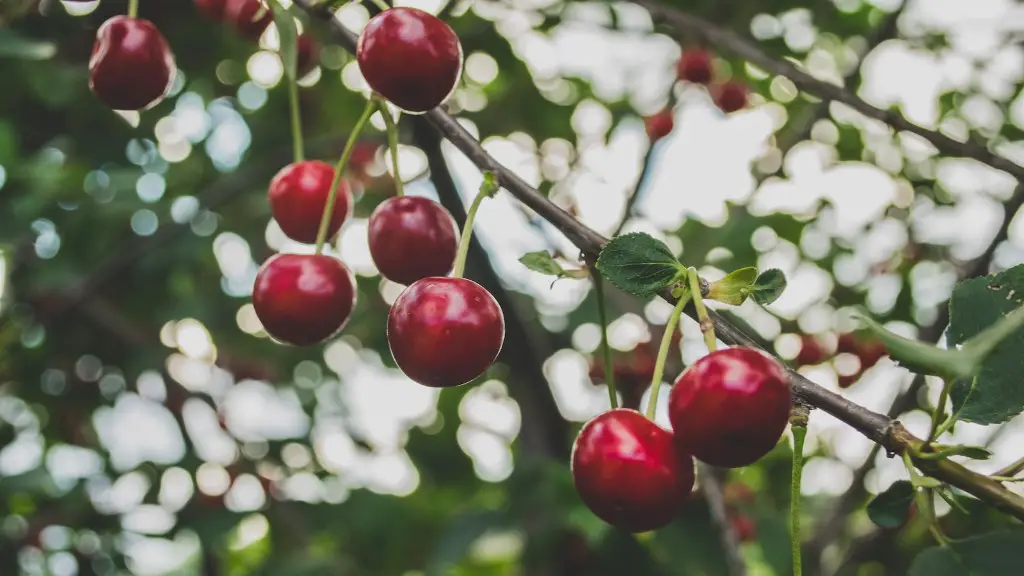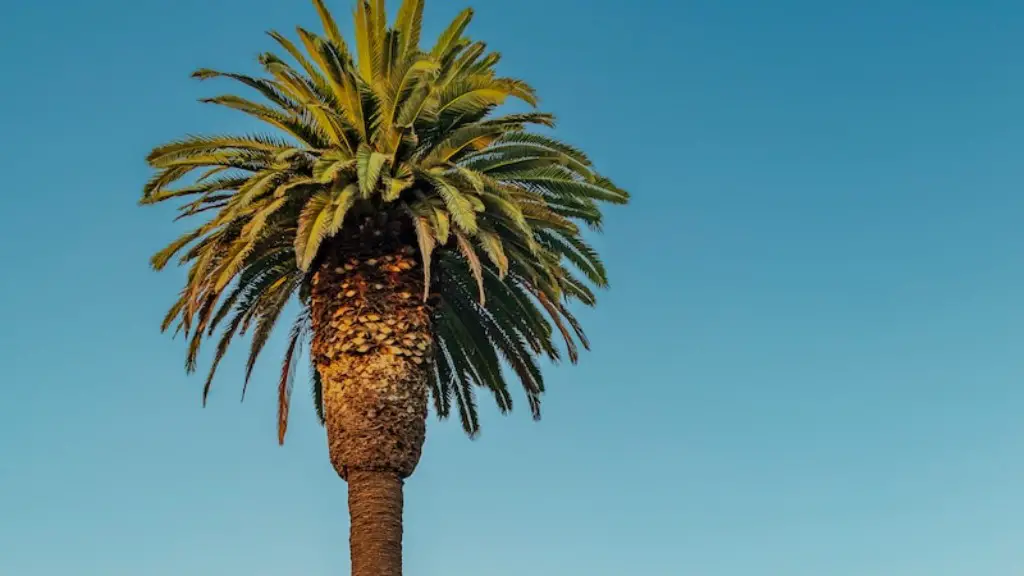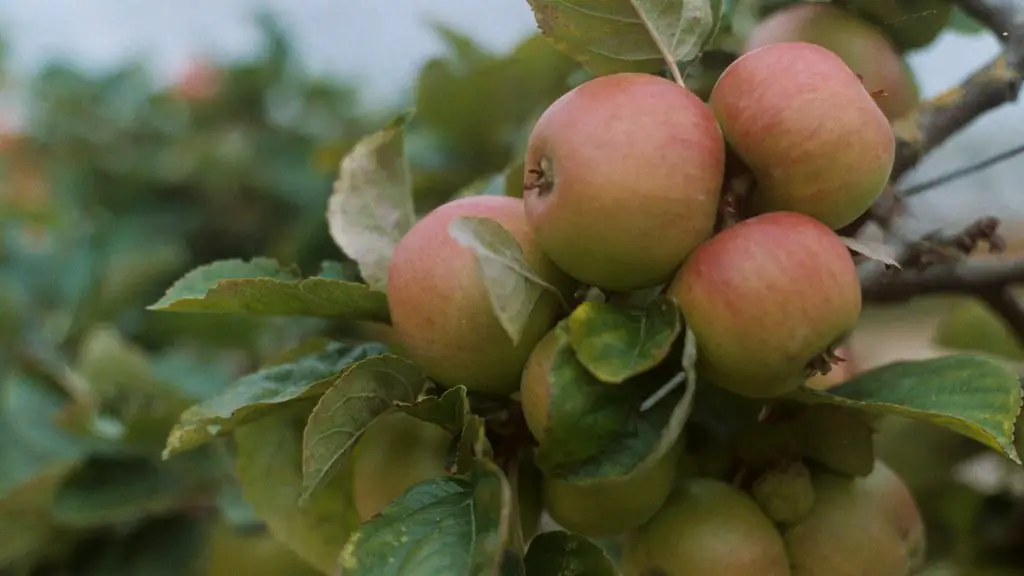How to Tell if a Cherry Tree is Dead
Cherry trees are an iconic part of the landscape in many areas. Not only providing year-round beauty when full of blossoms, cherries, and leaves, but also for their durability and longevity when given appropriate care. However, as with any living thing, cherry trees may eventually die—sometimes from natural causes and sometimes from premature death due to human neglect. Knowing the signs of a dead cherry tree can save time and energy when trying to decide if any needed repair or replacement may be necessary.
To start, the most obvious sign of a dead cherry tree is that there are no leaves. As far as signs of life go, this is the easiest to spot. If the cherry tree’s canopy is completely empty of any foliage, it is likely dead. Depending on when its death occurred, it is possible to tell if the tree is already dead by examining the interior of the trunk. If there is a completely hollow stem, then it is probably dead. If there is still woody material, it may still be alive.
Another way to tell if a cherry tree is dead is to check for any evidence of new growth. If no new leaves are sprouting from the branches, it is likely dead. Also, if the branches are brittle and break easily, this could also be a sign of death.
When attempting to tell if a cherry tree is dead, it is important to keep in mind that a tree’s health may not always be obvious from the outside. Even if a tree looks dead, it may still be alive. To check for signs of life, it is best to check the interior of the trunk or scratch off some of the bark to check for any traces of green stems or leaves. If they are present, the tree may still be alive.
At times, a sick cherry tree may be saved with the help of a professional arborist. If a cherry tree is showing signs of life yet is not producing leaves or if the canopy is sparse and weak, an arborist may be able to diagnose the issue and offer solutions to help the tree recover. In situations where the tree is too far gone, an arborist may be able to provide advice on replanting or other options.
In order to save a cherry tree, proper care and attention must be given. This includes making sure the tree has enough water, nutrients, and sunlight. Also, regular pruning and pest and disease control are essential to keeping a cherry tree in the best condition possible. By following the tips outlined above and taking care of a cherry tree, it is possible to keep it alive and healthy for many years.
Soil and Fertilizer Requirements
If a cherry tree is not producing as it should, it is important to check its soil for nutrients. Poor soil quality and a lack of adequate fertilization can keep even young cherry trees from thriving. For mature cherry trees, soil testing is a great way to determine if the soil is lacking any essential elements. The results of the test can help guide fertilization decisions.
If it is determined that there is an inadequate amount of certain macronutrients, such as nitrogen, phosphorus, and potassium, balanced fertilizer must be used to help the tree reach its full potential. The amount of fertilizer used and frequency of application will depend on the tree’s age, size, and health. Generally speaking, cherry trees require more potassium than nitrogen and phosphorus. Trees also need micronutrients such as magnesium and iron, which can be supplemented with chelated iron.
It is best to avoid fertilizing cherry trees during their dormant period, as this can cause too much leaf growth and weaken the buds and flowers. Fertilization should be done in small amounts and spread out over several years to get the best results.
Pruning
Pruning is an important part of cherry tree care. If a cherry tree is not pruned, it can become overgrown and prone to disease and insects. Pruning promotes strong and healthy growth, as well as optimal fruit production. Pruning should be done in late winter or early spring before the tree begins to bud. During pruning, dead and diseased branches should be removed, as well as any suckers or weak growth points.
In young cherry trees, pruning is used to shape the tree. Once the desired shape has been achieved, pruning should focus on removing any excess limbs or branches. For mature cherry trees, pruning should concentrate on removing any water sprouts, crossing branches, and limbs that are growing too close together. Pruning should be done in a way that encourages light and air flow, which can help prevent disease. It is important to use sharp, clean pruning tools to prevent the spread of diseases.
Pest and Disease Control
Cherry trees are vulnerable to a variety of pests and diseases. Some of the most common are: leaf spot, fruit rot, canker, and powdery mildew. As such, it is important to monitor cherry trees for any signs of these diseases and take preventive measures to keep them from becoming a problem. Signs of disease may include yellowing of leaves, brown spots, or white powdery spots.
The best way to control diseases is with preventive measures, such as proper pruning, watering, and fertilizing. In addition, it is important to use the correct type of pesticide for any pests that may be attacking the tree. It is also beneficial to use companion plants to attract beneficial insects, such as ladybugs, to help control pest populations.
Winter Protection
Finally, cherry trees need to be protected during the winter months. This means covering them with burlap, plastic, or fabric wraps to protect them from the harsh elements. Also, mulch can be used to help insulate the roots and keep them warm. During the coldest winter months, some cherry trees may need to be heated to keep them alive. Heating is done by wrapping electrical wires around the trunk and branches. This process is especially beneficial for young or fragile cherry trees.
Harvesting
When the cherry trees are ready to be harvested, the best way to tell is to look for the ripeness of its fruits. A ripe cherry should have a deep, almost black color. Unripe cherries will appear slightly immature in color and can easily be damaged when shaken or touched. Over ripe cherries can be soft and mushy and won’t last long after being picked.
Once the fruits are plucked from the branches, it is important to take care of them by washing and sorting them. Once sorted and placed in the correct containers, cherries should be stored in the refrigerator or in a dry, dark place. It is best to use cherries soon after they are harvested to take full advantage of their taste and nutrition.
Wrapping Up
Cherry trees are a beautiful addition to any landscape. Before planting a cherry tree, it is important to do research to make sure the tree will thrive in the climate and soil type. Once planted, it is important to give the tree the proper care by providing it with enough water, nutrients, sunlight, and pruning. Additionally, it is important to monitor for any pests or diseases and protect it during the winter months.
By following the tips above, a cherry tree can bring joy and beauty to your landscape for many years to come. If you are unsure of how to properly care for a cherry tree, consult with a local arborist for advice.




